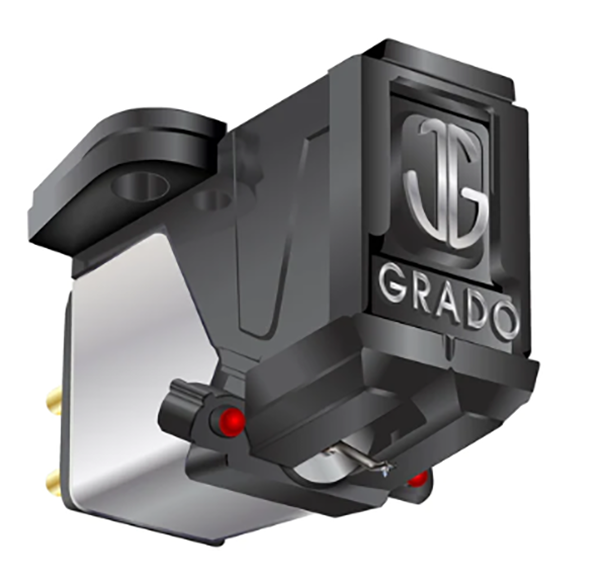guyjoseph isn't wrong.
Also, is it really "Weight: 5.5lb?" Mistakes like that cause satellites to miss. e.g. https://www.wired.com/2010/11/1110mars-climate-observer-report/
It's difficult avoiding the conclusion there's less there than meets the eye.


























































